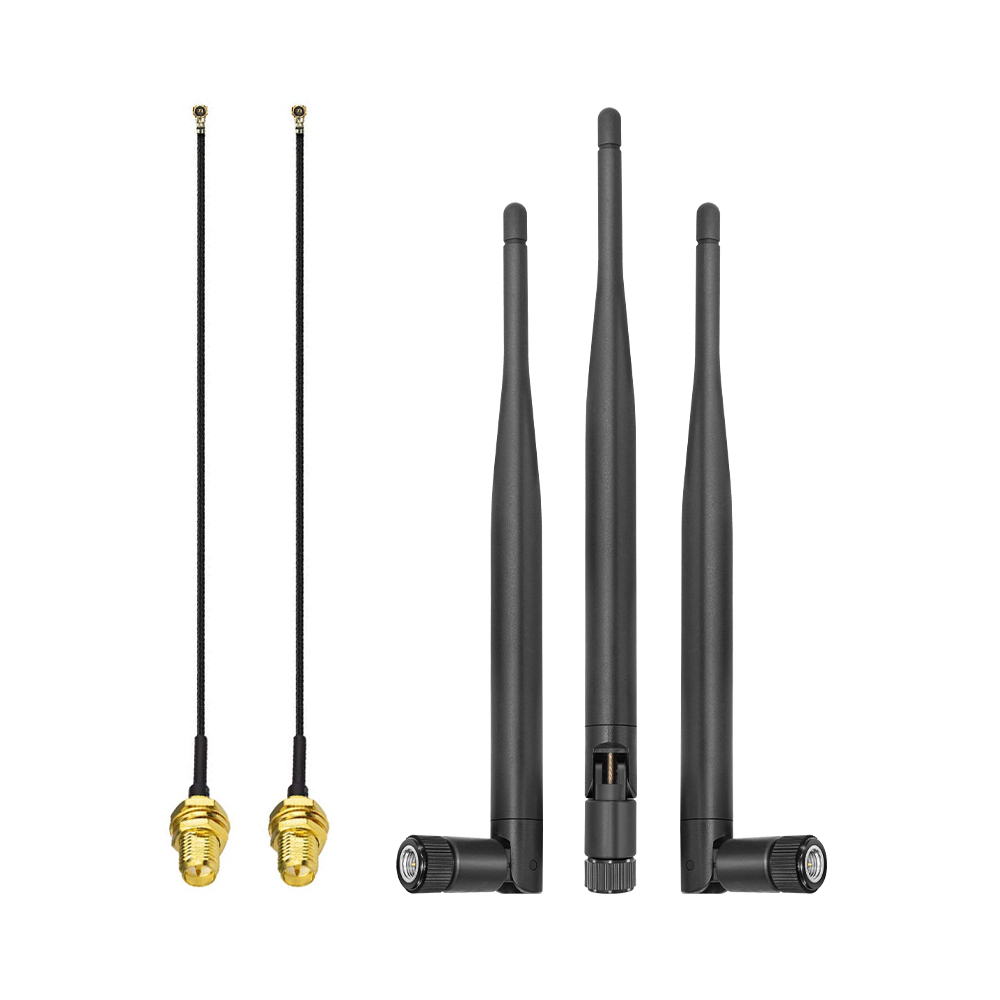The Future of Embedded Antennas in IoT: Trends and Innovations
الجسم
As the Internet of Things (IoT) continues to expand, the role of embedded antennas becomes increasingly crucial. These antennas are not just components; they are the backbone of connectivity in a myriad of devices, from smart home appliances to industrial sensors. Understanding the trends and innovations surrounding embedded antennas can provide valuable insights into the future of IoT technology.

Understanding Embedded Antennas
Embedded antennas are integrated directly into devices, allowing for seamless communication without the need for external components. This integration is essential for maintaining the compact design of modern electronics. But what makes these antennas so vital in the IoT landscape?
- Space Efficiency: Embedded antennas save space, which is critical in compact devices.
- Improved Performance: They often provide better performance due to optimized placement within the device.
- Cost-Effectiveness: Reducing the number of components can lower manufacturing costs.
Current Trends in Embedded Antenna Technology
Several trends are shaping the future of embedded antennas in IoT applications. These include:
- Miniaturization: As devices become smaller, the demand for compact antennas grows. Innovations in materials and design are enabling this trend.
- Multi-Band Functionality: Modern embedded antennas are designed to operate across multiple frequency bands, enhancing their versatility.
- Integration with Other Technologies: The convergence of antennas with other technologies, such as sensors and processors, is becoming more common.
Innovations Driving the Future
Innovations in embedded antennas are not just about size and efficiency; they also focus on enhancing connectivity. For instance, advancements in materials like metamaterials are allowing for better signal propagation and reduced interference. How can these innovations impact the IoT ecosystem?
With improved performance, devices can communicate more effectively, leading to smarter and more responsive systems. This is particularly important in applications such as smart cities, where real-time data exchange is essential.
Challenges and Considerations
Despite the advancements, there are challenges that need to be addressed. The design of embedded antennas must consider various factors, including:
- Environmental Impact: Antennas must be designed to withstand various environmental conditions.
- Regulatory Compliance: Adhering to regulations regarding electromagnetic interference is crucial.
- Cost Management: Balancing performance with cost is always a challenge in manufacturing.
As we look to the future, it is clear that embedded antennas will play a pivotal role in the evolution of IoT. Companies like  are at the forefront of these innovations, pushing the boundaries of what is possible in antenna technology.
are at the forefront of these innovations, pushing the boundaries of what is possible in antenna technology.
In conclusion, the future of embedded antennas in IoT is bright, filled with opportunities for innovation and growth. By staying informed about these trends and challenges, stakeholders can better navigate the evolving landscape of connected devices.






تعليقات